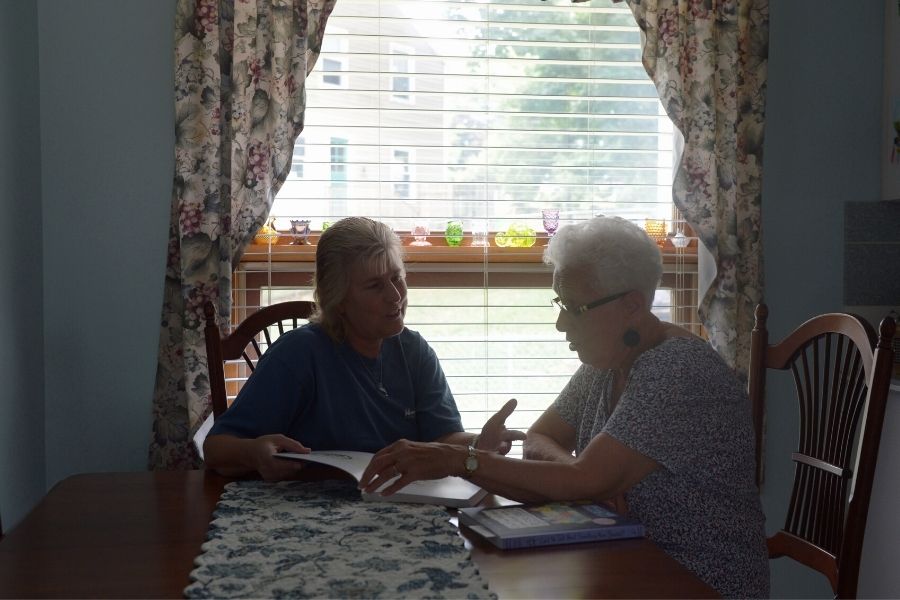The city of Massillon, located northeast Ohio, has an incredible annual tradition. Each year, this community reads a book, together, and then explores its themes through creative activities like one-act plays, art exhibitions, outdoor hikes, poetry contests, and of course, book discussions.
This reading tradition isn’t just happening in Ohio. Since 2008, the Massillon Museum and Massillon Public Library have been part of a group of 75+ organizations from across the United States who have received a National Endowment for the Arts Big Read grant. This community-wide reading program centers on sharing the power and joy of a good book.
When Massillon started planning their twelfth annual NEA Big Read, based on Roz Chast’s graphic novel memoir about caring for aging parents Can’t We Talk about Something More Pleasant?, they had no idea what 2020 would bring. But when COVID-19 began its spread across the nation, it became clear that they would need to use creativity and innovation to keep up with tradition.
An employee of the Massillon Public Library, Darcie Saunier has been helping out with the NEA Big Read for the last several years. “I create the artwork, ads, press releases, et cetera,” she says. It’s work that brings her a lot of joy. As she describes, “It’s like getting to say ‘Hey! We’re having a huge month-long party, and you’re all invited!’”
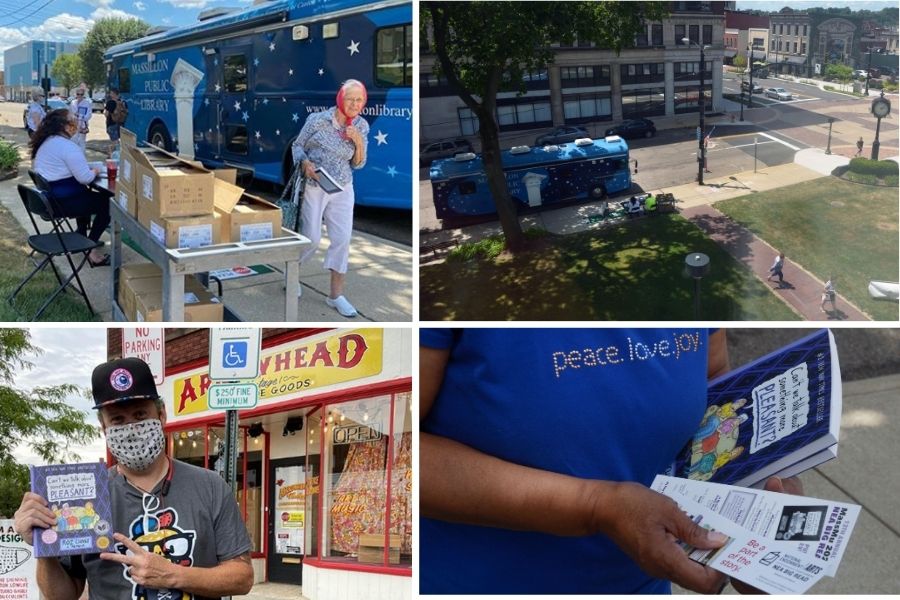
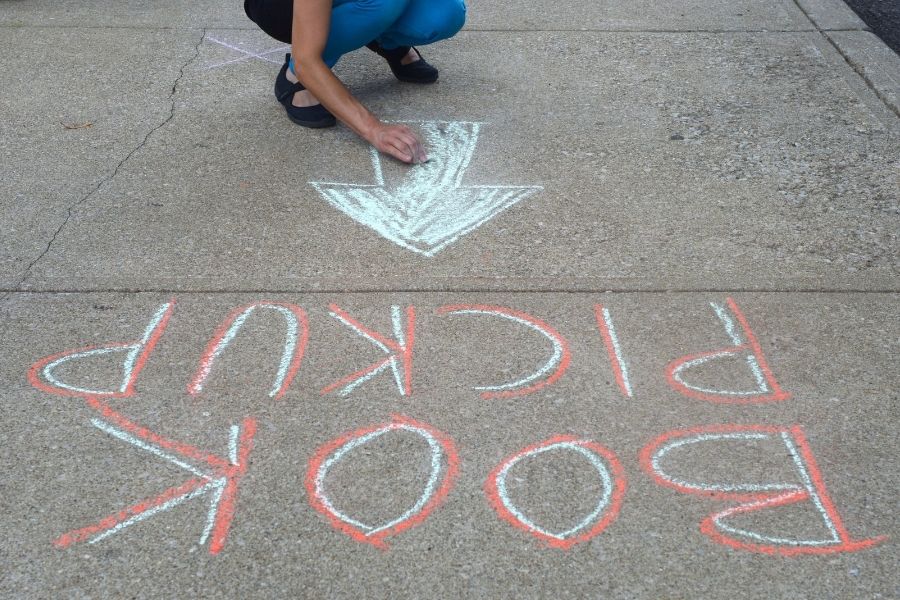
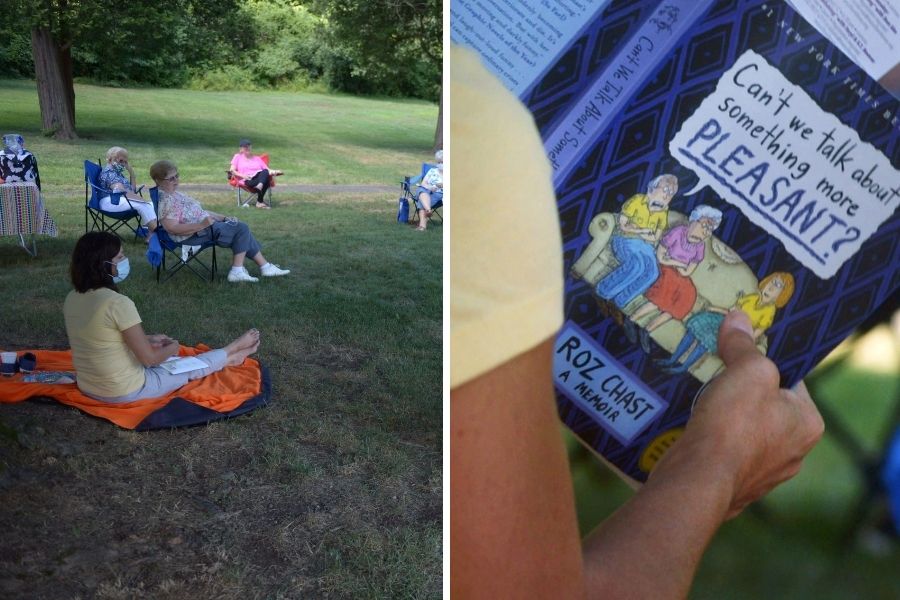
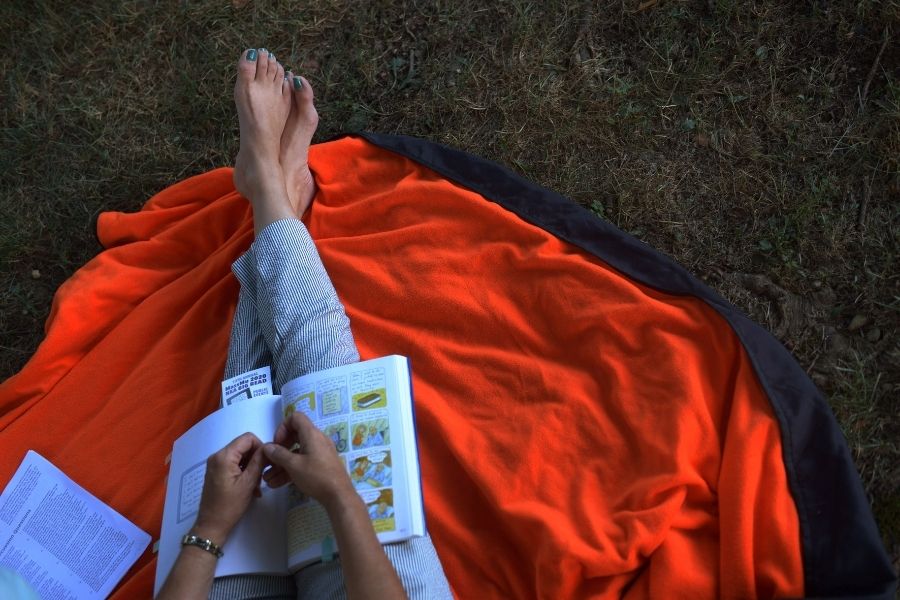
This year, Saunier also had a front-row seat as the library and museum pivoted in response to the pandemic. Programming was postponed from April to July, giving the museum and library time to rethink how to safely present 32 programs and exhibits.
The first step of inviting a community into an NEA Big Read is to get free books into people’s hands. Over the years of the NEA Big Read in Massillon, they’ve given out over 27,000 books – a huge feat in a city of 32,000 people.
Of course, a pandemic makes even the task of distributing books more difficult. To get copies out into the community carefully and safely, this year the Massillon Public Library used their Bookmobile and set up socially distanced pick-up stations.
Once books were in people’s hands, activities could begin. Some, like outdoor book discussions, were conducted with careful social distancing while others became virtual gatherings.
“Many of our NEA Big Read programs were held via Zoom, which was something new to us, and to the majority of our patrons,” says Darcie Sauniers. “It’s proof positive that libraries transform and adapt in order to serve their patrons.”
Listening in from home were Margy Vogt and her husband Joel, who have participated in the NEA Big Read since it first started in Massillon.
Margy has been part of the Massillon Museum for many years, first on staff and now as their Public Relations Coordinator. She vividly remembers the first year of the NEA Big Read, when she and other staff members carried armfuls of books into restaurants and stores and gyms, handing them out to whoever was interested. “We felt like reading Santas,” she says gleefully.
This year’s book selection was particularly poignant for Vogt, who has gone through the end-of-life process three times as a primary caregiver for her mother, aunt, and father-in-law.
“All of my experiences, I think, brought a different perspective to the reading the book than it did for the younger staff people and other people in the community,” she says. “One of the things that we don’t talk about is the emotional support involved in caretaking. That really grabbed me. I’ve been there.”
John Strauss, a local furniture maker and retailer, has participated in the NEA Big Read for two years. Before COVID-19, he opened up his business in downtown Canton, Ohio for in-person book discussions.
“I look at my place of business maybe differently than some business owners do,” says Strauss. “From the beginning, I saw our place as a kind of destination for cultural events.” He’s installed an art gallery on the second floor and opened the space up for readings and music. “It’s not just about making money, but it’s about giving back to the community. We want to bring in things that improve people’s lives,” he says. “And obviously the NEA Big Read is part of that.”
With COVID-19, Strauss’ book discussion had to move online. He found leading a conversation about the topic “eye opening.” In addition to the difficulties of the pandemic, Strauss has also been helping his aging 90-year-old mother through end-of-life planning.
“You feel like you’re an individual when you’re dealing with it. Being in a group like this is really something I wish there was more of,” he says. “The feeling of not being alone when you’re handling this stuff is comforting.”
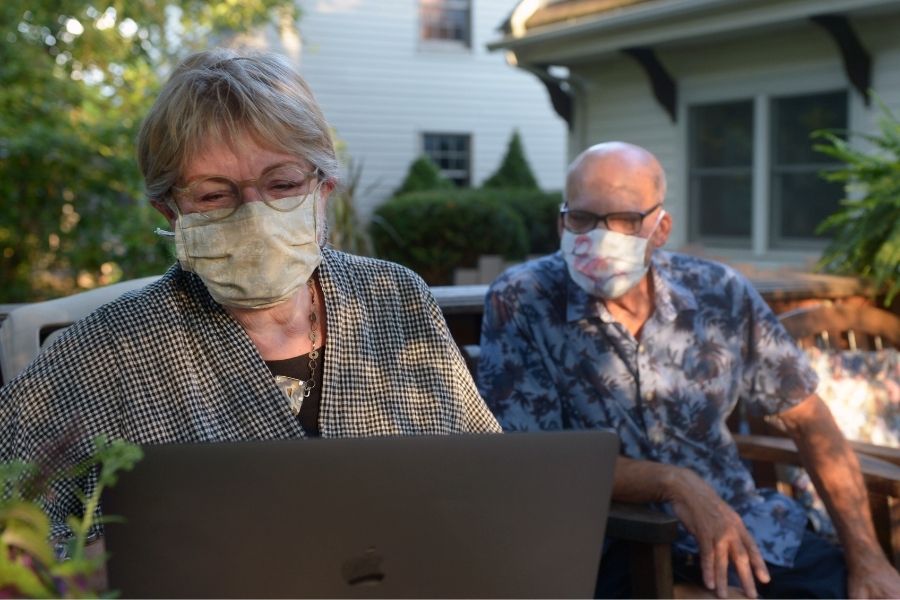
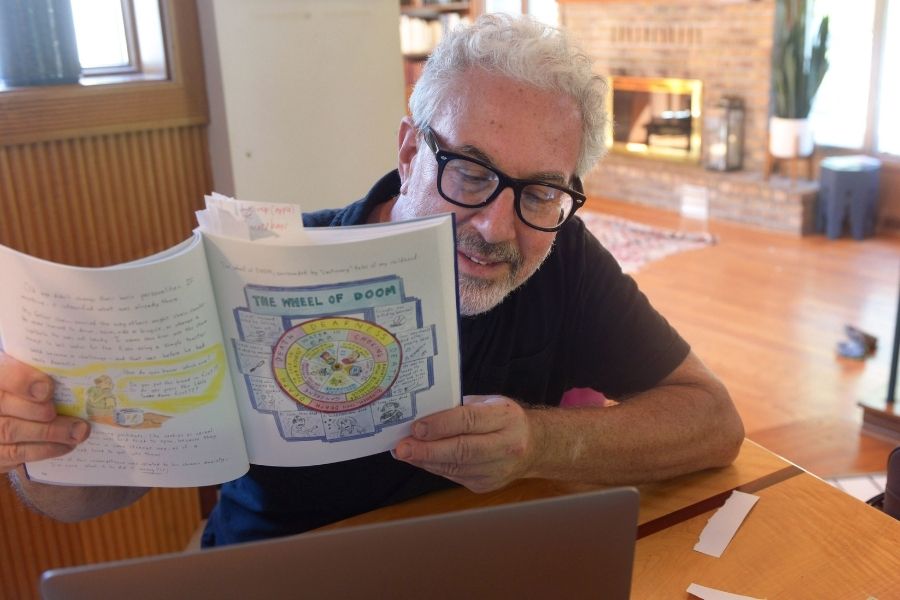
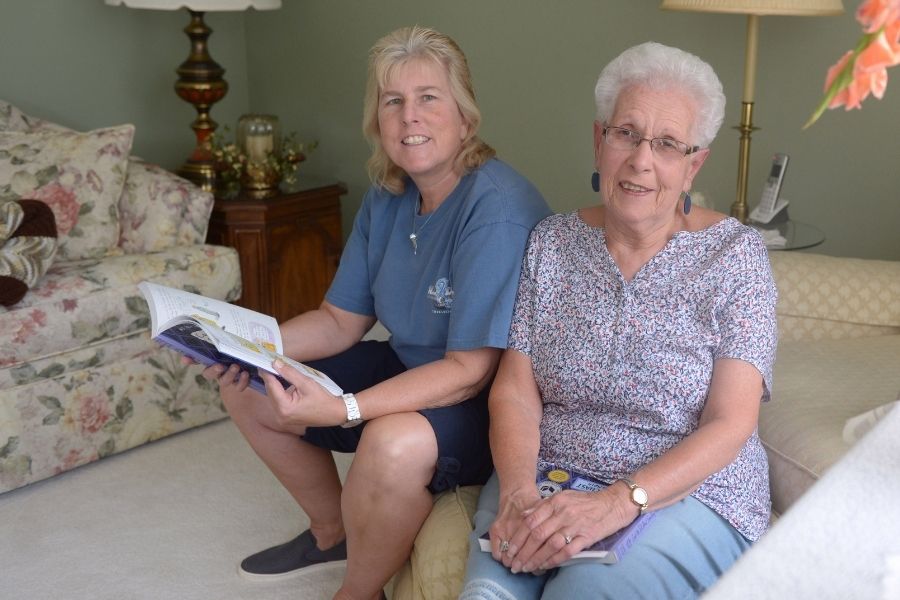
Reading along from home was mother-daughter duo Linda and Sheryl Ricker who have been participating in the Massillon NEA Big Read since 2008.
“Perhaps because I am older, this book was my favorite NEA Big Read book so far,” says Linda Ricker. “The author did a great job of trying to bring a morbid topic to life and to make it humorous so it didn’t appear to be something we would not care to speak about.”
Linda Ricker liked this year’s book so much that she shared it with her friends of 50+ years. “They all went and got the book because they wanted to read it. One got a book for the other one. We just really love the book because that’s where we are in life. We discuss it over and over,” she explains.
That’s part of what makes the NEA Big Read in Massillon special, explains Sheryl Ricker. “They have books that reach all kinds of different people, and they’re all different types of books, so that you can get something out of them no matter what,” she says.
Thanks to the Massillon NEA Big Read, this community has been able to reckon with change through conversation, connections, and creativity.
“We’re all yearning for a time when it’s safe to gather together, says John Strauss. “But it’s really nice to be able to meet new people through those programs.”
Sheryl Ricker agrees. “When we go to the readings, it brings you closer together as a community,” she says. “You learn together as a community when you discuss these books.”
Massillon will continue its NEA Big Read tradition in 2021, with a new book to be announced in March. While the shape of the program may vary depending on COVID-19, the community will once again be able to come together thanks to the power of another great book.
The National Endowment for the Arts Big Read is a national program administered by Arts Midwest that helps communities realize the benefits of reading together. Each year, grants are given to about 75 community reading programs around the country who set up creative events and opportunities for their community to read and discuss one book together. Since 2006, more than 1,600 NEA Big Read programs have taken place in every U.S. state.
